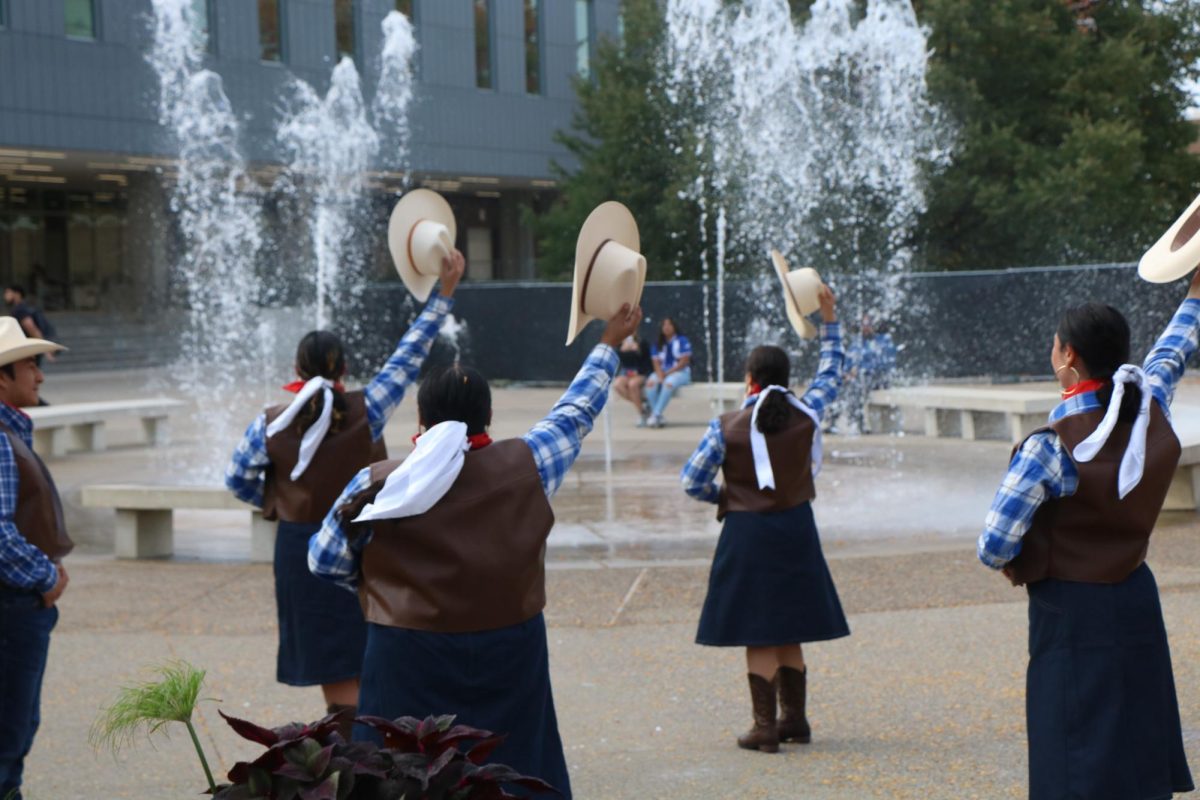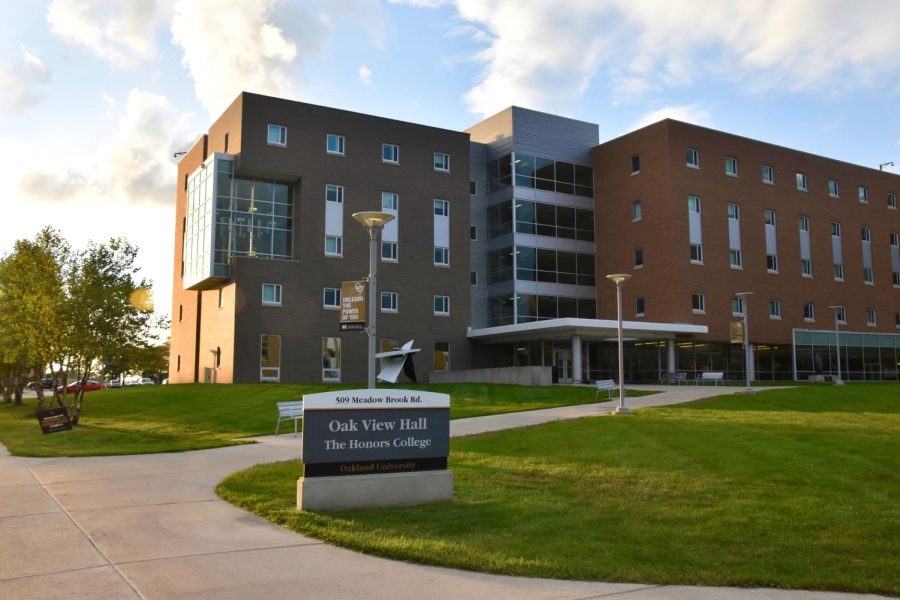Oakland University welcomed the most diverse incoming class in its history this academic year, with 26.2% of first-time-in-any-college (FTIAC) students being from an underrepresented minority (URM) group.
This closes the gap between URM students and non-URM students by 5%.
OU President Ora Hirsch Pescovitz addressed the record number in her Sept. 28 State of the University address.
“I’m very proud to report that we are becoming a more diverse university,” Pescovitz said. “In addition, the Latinx FTIAC population has more than doubled in the last 10 years. And our African-American population has also nearly doubled in the last 10 years.”
The percentage of URM faculty and staff has also remained stable over the past few years.
“Overall, underrepresented minorities make up 9.1% of our faculty and 17.7% of our staff,” Pescovitz said. “And with the support of the Black Faculty Association and the Latinx Faculty Association, we are working for even greater diversity. Our commitment to diversity, equity and inclusion must be affirmed each and every day.”
Glenn McIntosh, OU’s senior vice president for Student Affairs and chief diversity officer, said the increasing diversity in the student population is important.
“Exposure to different perspectives and backgrounds fosters a more inclusive and culturally rich campus community,” McIntosh said. “Secondly, it aligns with the principles of equal opportunity and social justice, providing individuals from underrepresented groups with access to higher education, which can lead to improved career opportunities and social mobility.
“A diverse student body prepares all students for success in an increasingly globalized and diverse workforce, promoting cultural competence and adaptability.”
The same applies to the faculty and staff makeup.
“Diverse faculty members serve as role models and mentors for students from underrepresented backgrounds, contributing to their sense of belonging and classroom success,” McIntosh said. “A diverse faculty brings varied perspectives, experiences and teaching approaches to the classroom, enhancing the quality of education for all students. It also fosters a more inclusive and equitable work environment for faculty and staff, contributing to job satisfaction and productivity.”
The increasing number of URM students at OU is promising for its broader strategic plan for 2025. One of its major goals is to “advance diversity, equity and inclusion in an environment of mutual trust and respect at all levels of the institution and facilitate opportunities and success for all community members.”
The priorities in this goal are to “establish policies and practices that support and promote diversity and inclusion” and “become a campus of choice for students, administrators, faculty and staff from underrepresented minorities and underrepresented groups.”
“Firstly, we aim to increase the representation of underrepresented minority groups among students, faculty and staff to better reflect the demographics of our region and broader society,” McIntosh said. “Secondly, we seek to create a campus climate where all individuals feel valued, respected and included, regardless of their background. This includes implementing policies and practices that promote equity in hiring, admissions and support services.
“Lastly, we aim to enhance cultural competency and diversity awareness among the campus community through training and education programs.”
Individuals can read more about the Office of Diversity, Equity and Inclusion and other departments’ work in the 2023 Annual Report. Note the updated statistics for the 2023-2024 academic year have yet to be published.










